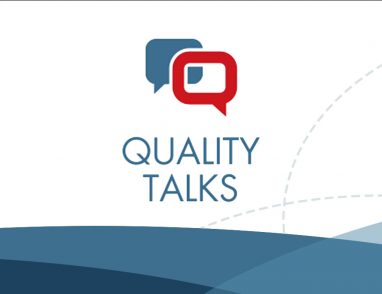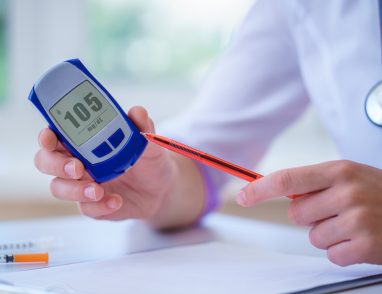Huddle Up! Helpful Hints to Make the Most of Five Minutes
May 23, 2017 · Amy Maciejowski
The doors just opened, the phones are ringing and the waiting room is packed. It’s “all hands on deck”—a typical day in most primary care clinics.
Before diving in, though, consider that a five-minute huddle with your team can save time and money and lower frustration levels.
“It’s like in football,” says Keith Borglum, a consultant with Professional Management & Marketing in Santa Rosa, California. “You do all your strategizing at the bigger meetings, but when you get right out there and play, you have to communicate frequently in small groups.”
Indeed, the huddle meets many needs. It enables the core care team to discuss workflow changes, provider availability, the patient roster and lab or test results needed for that day’s patients. It also creates an opportunity to talk about individual patient needs and preferences and improve access for those with language barriers or special needs. All of this combined is the heart of patient-centered care.
For example, when reviewing the schedule, a medical assistant may notice that Mrs. Smith was slotted for a 10-minute follow-up, but she’s in a walker and usually comes in with a list of questions. The team can quickly strategize on a plan to giver her more appointment time.
Keep It Brief
Brevity is key to ensuring that the group stays focused. Borglum says that a huddle of three minutes or less is ideal, and that all involved parties should stand, which gets everyone back to treating patients faster.
“It’s a quick stand-up meeting with no big agenda items,” he says, noting that huddles do not replace weekly staff meetings, where larger issues are addressed. “You’re merely looking at schedule and workflow.”
Small Groups Work Best
Borglum says that daily huddles should involve only the core care team: the scheduler, the lead clinician and the medical assistant. In some offices, nurses and the administrator or manager participate as well, but too many perspectives can dilute its effectiveness.
A bigger practice might require multiple huddles, with each physician meeting separately with their care team, says Borglum. Traditionally, physicians check in with their team at the start of each day, but many also touch base briefly after lunch, before the second wave of patients.
Have a Leader and an Agenda
The AAFP suggests that you designate a huddle leader—perhaps the scheduler or the physician—to ensure that each meeting starts and ends on time and covers relevant ground. Suggested agenda items include checks for:
- Scheduled patients who may require extra time or assistance due to age, disability, language, or other barriers (and then identify staff who can help).
- Back-to-back lengthy appointments, such as physicals (and then discuss workarounds to prevent backlog).
- Openings that can be filled or anticipated no-shows.
- Issues with clinician and staff schedules (does someone need to leave early or break for another meeting?).
- The status of lab and test results and notes from other physicians that need to go in patient charts.
Don’t Skip It—Even When Rushed
Huddles are even more important, notes Borglum, when physicians are delayed getting to the office. “The later the physician is getting in, the more important it is to huddle,” he says. “It allows you to plan the next few hours and say ‘OK, how do we make this work?’”








